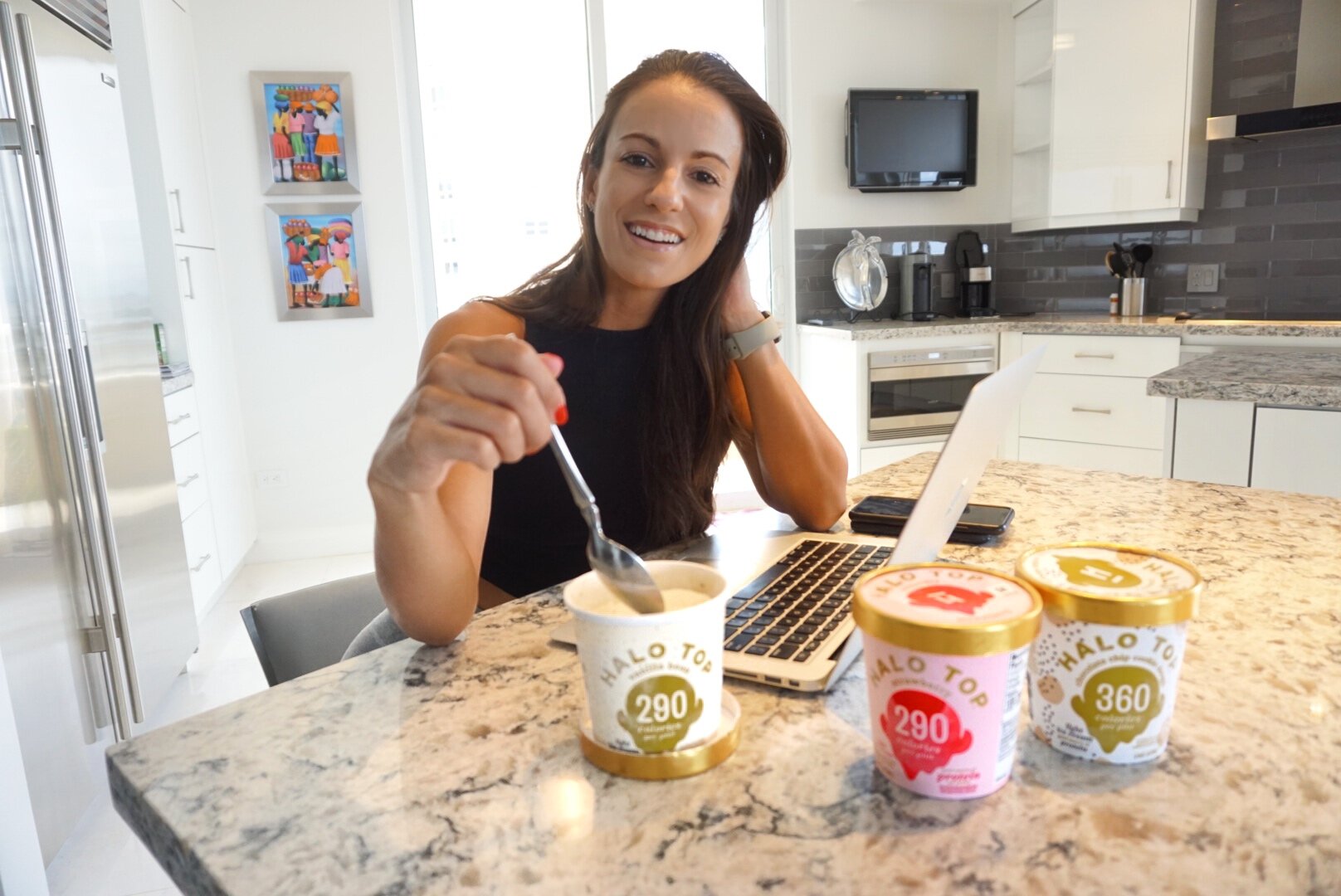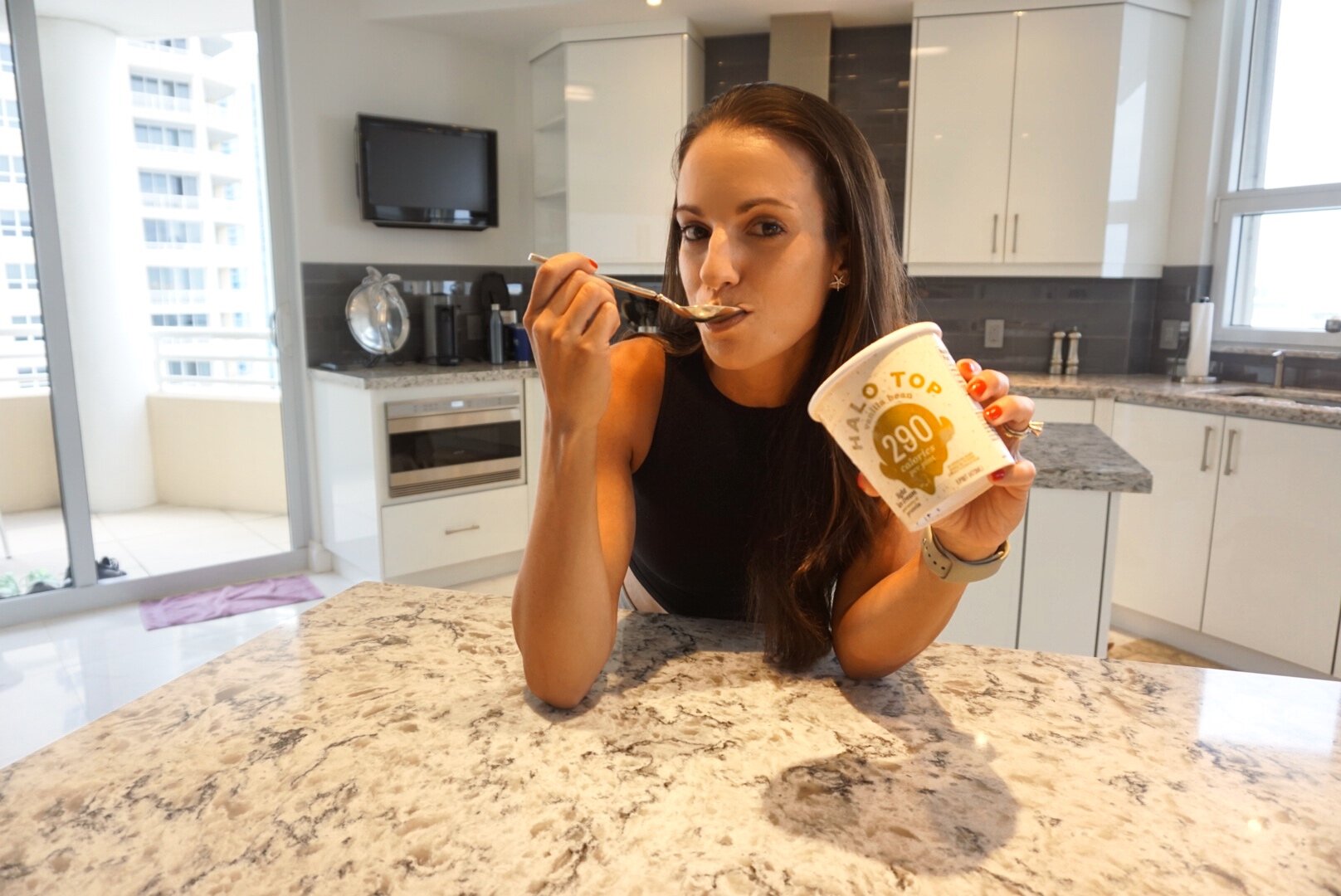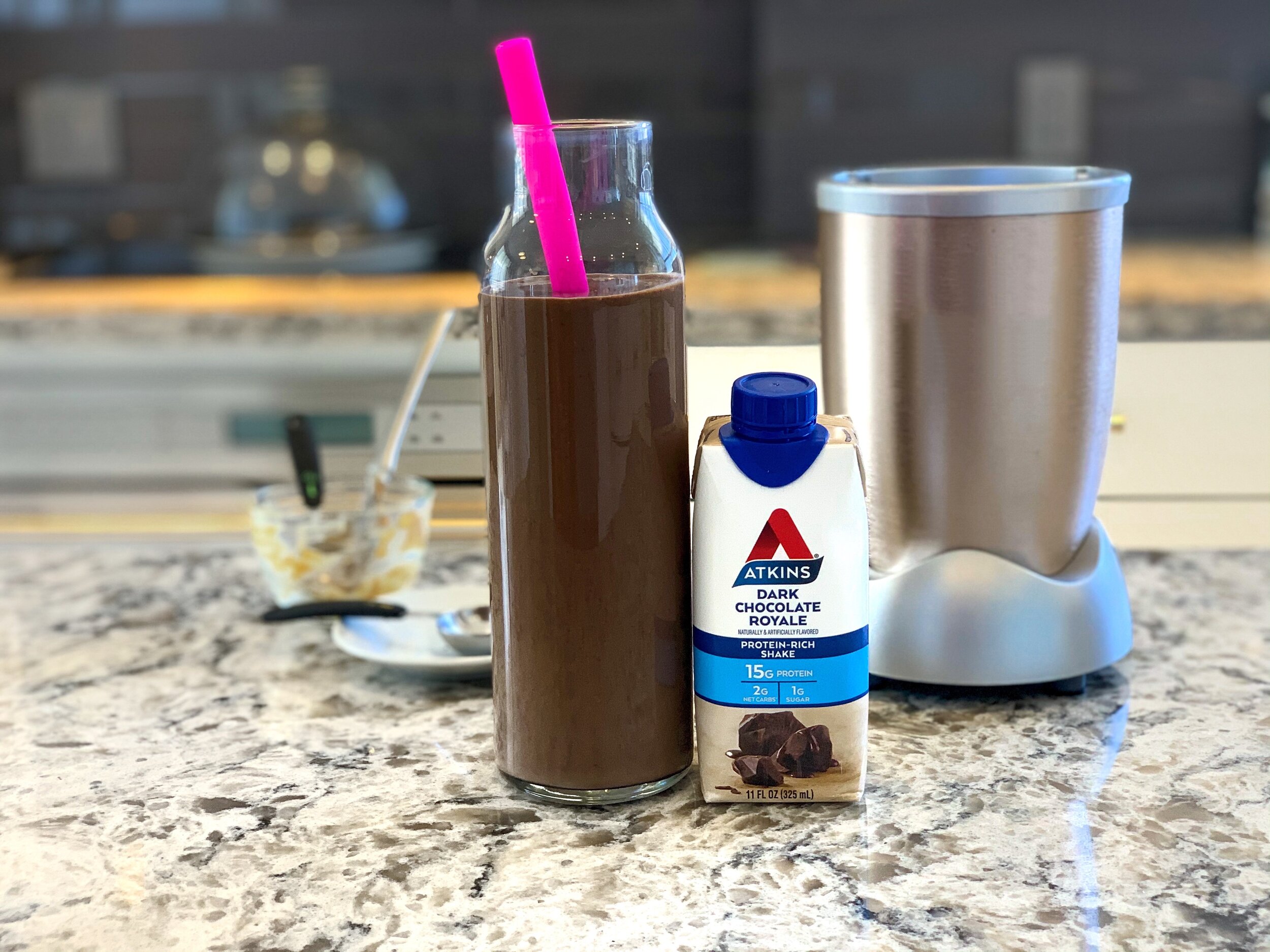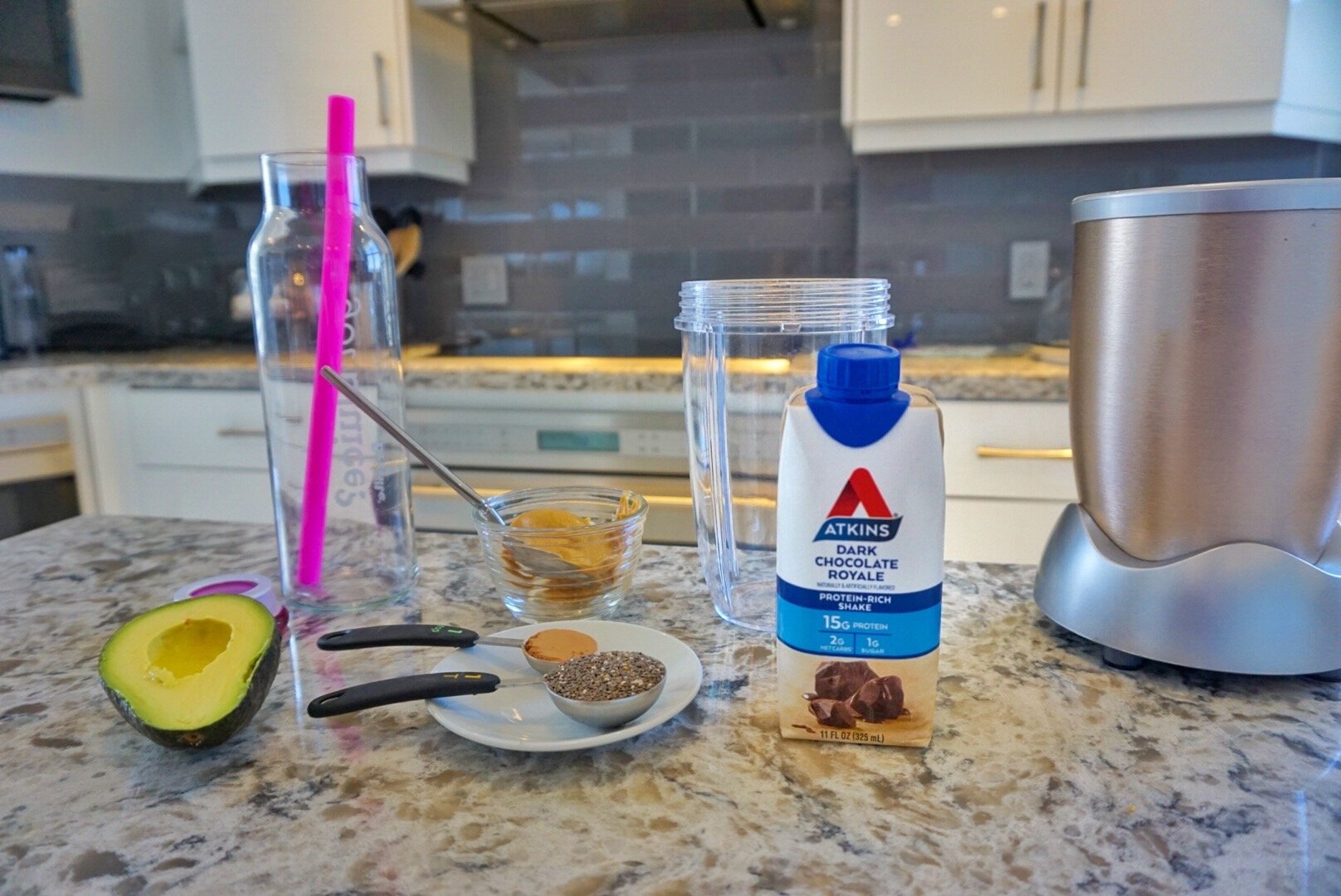Do you ever feel like you give yourself too much criteria to meet? Or maybe you go to bed every Sunday night with a big list in mind of everything you SHOULD accomplish the coming week. I call this “shoulding” and I want to take a few minutes to share how partnering up with Halo Top has helped me stop this habit and created a happier day-to-day lifestyle. If you don’t know yet, Halo Top is a creamy, delicious ice cream that’s low and calories, high in protein, and truly makes you feel good about yourself no matter how much have in one sitting. Just knowing I can have an entire pint of ice cream without any judgment from myself got me in the mood to live the rest of my life this way.
Reframing Those “Shoulds”
I started the year off telling myself I SHOULD get X-amount of strength sessions done per week and eat a specific diet if I want to run faster and get fitter. The “should” that’s given me the most pressure these last 5 months was the one I set for myself in terms of my business—expand into more avenues of my line of work as quickly as possible. This created the most anxiety of every goal because of the mere fact that things take time. I was only going to let myself down if I didn’t meet my extensive to-do list every day to get to where I want to be.
I’ve decided to reframe the mindset of all of these “shoulds” and live my days how I WANT. Having a mindset that I “can” or “want” instead of I “should” has taken a load of pressure off, which means I can live content every day whether I got a ton of work done or none at all! I’m tackling all 3 aspects of my life where I tend to put pressure on myself—my workout program, my diet, and my job, and making sure I take the pressure off and do as much as I can and WANT!
Self Care is the Best Care
The first step to stop the “shoulding” is not putting so much on my calendar to begin with! I’m going to make sure the most important tasks get done, or at least the ones with the deadlines, and be more realistic about the rest. One of these priorities will be to take breaks whenever I want, and not feel guilty about it. This is where Halo Top comes in the picture, because I can choose to snack on a pint at any time of the day and be A-OKAY with it!
Exercising is a form of self care for me so I know my runs will get done because it’s actually something I want to do. It’s the extra parts of my training program—the strength training and healthy eating, that don’t always go as planned and I tend to get upset at myself when I go off the track. But not anymore! Reminding myself that I can take a break from some days of training or eat my favorite not-so-good for you foods when I want and should not ever feel like I am sabotaging any of my goals.
It is all a mindset. We put so much pressure on ourselves to do good every day, eat right, exercise enough, and work the entire 8 hours we set aside. When things don’t go right, and you end up spending 6 of your working hours in one day watching videos on the internet, don’t get down on yourself! There is always another day tomorrow and the next, so everything will get done. Make time for what you want, exercise when and how much you want, and eat that ice cream! Halo Top won’t let you down!











